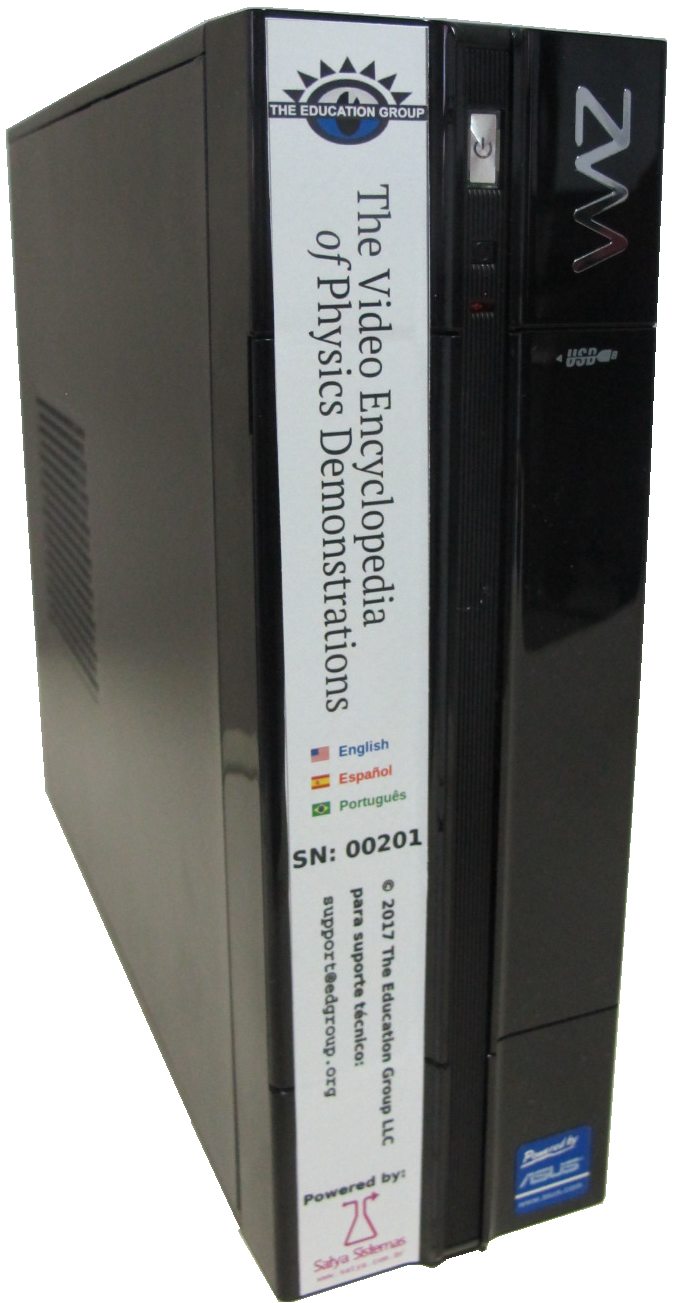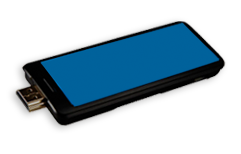Warning (2): file_put_contents(/home/pdemos/sales.physicsdemos/logs/debug.log): failed to open stream: Permission denied [CORE/src/Log/Engine/FileLog.php, line 133]
Warning (2): file_put_contents(/home/pdemos/sales.physicsdemos/logs/audit.log) [<a href='https://secure.php.net/function.file-put-contents'>function.file-put-contents</a>]: failed to open stream: Permission denied [CORE/src/Log/Engine/FileLog.php, line 133]
Warning (2): file_put_contents(/home/pdemos/sales.physicsdemos/logs/error.log) [<a href='https://secure.php.net/function.file-put-contents'>function.file-put-contents</a>]: failed to open stream: Permission denied [CORE/src/Log/Engine/FileLog.php, line 133]
The Video Encyclopedia of Physics Demonstrations is a comprehensive series of educational physics material produced under the scientific direction of the US National Science Foundation, Professor Jearl Walker, Cleveland State University and author of Halliday, Resnick and Walker, Professor Richard Berg, University of Maryland and Director of its Physics Demonstration Facility, and other university professors, provides schools and universities with a valuable resource to teach concepts of physics not otherwise easily understood by students.
The series comprised of 600 videotaped demonstrations, each a stand alone example of a principle of physics, is 596 minutes in length averaging one minute for each video optional subtitles, and related material is in English, Spanish and Portuguese. Included in the 4000 pages of related written material are explanations, illustrations equipment lists and correlations to text books or state standards which enable professors to immediately identify demonstrations needed by them for the subject matter then being taught. Two editions of the series are now available: the first, 600 demonstrations for university and high school students, the second, 168 demonstrations, for younger students. 105 of the demonstrations can be used in chemistry courses.
Originally available on DVD, The Encyclopedia’s videos have now been prepared for presentation Online, on Local Servers and on Flash Drives in English, Spanish and Portuguese with optional subtitles. All configurations allow professors to present and students to view a wide range of physics demonstrations not otherwise available to them but important for their understanding of physics concepts.
The videos when online are available for license by groups of students, ideally reviewing demos prior to class and if possible considering and solving problems posed by their professor via Moodle or other content management systems. The series is also available on microprocessors on intranet for groups of students where schools are without sufficient internet access for online utilization. Pass-throughs can be used for online or intranet access when passwords have already been assigned to students by their schools. The microprocessors are also available for purchase for use by multiple professors through their school’s intranet and the Flash Drives can be purchased for individual users.


